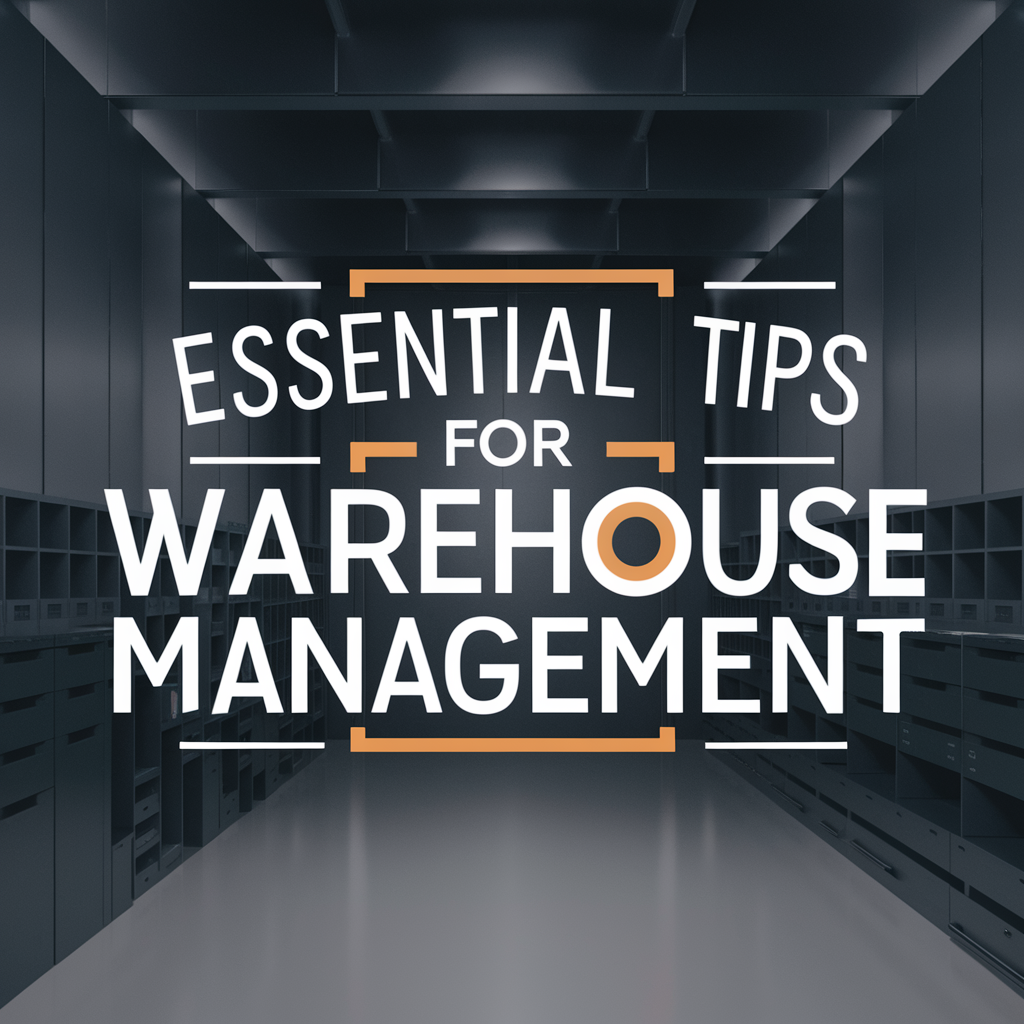In logistics and supply chain management, being efficient is the key to success. For warehouse businesses, streamlining operations enhances productivity and also improves customer satisfaction and boosts profitability. Whether you’re managing a small storage facility or a large-scale distribution center, implementing effective strategies can make all the difference. Here are some valuable tips to help you optimize efficiency in your warehouse business.
Organize Your Space
Start by organizing your warehouse layout strategically with the help of warehouse storage systems from reputable companies. Designate specific zones for receiving, storage, picking, packing, and shipping. Utilize shelving, pallet racking, and labeling systems to keep inventory neat and easily accessible. An organized space minimizes time wasted searching for items and maximizes throughput.
Implement Inventory Management Software
Invest in a good inventory management system to keep track of stock levels, monitor inventory movement, and automate replenishment processes. These software solutions offer real-time visibility into your stock, letting you make informed decisions and prevent stockouts or overstocking situations.
Optimize Workflow Processes
Analyze your workflow to identify bottlenecks and inefficiencies. Implement lean principles to streamline processes, eliminate waste, and improve overall flow. Utilize techniques such as batch picking, cross-docking, and wave picking to optimize order fulfillment and reduce handling times.
Train and Empower Staff
Give comprehensive training to your warehouse staff to make sure they understand their roles and responsibilities. Empower employees to identify and address issues proactively, fostering a culture of continuous improvement. Encourage feedback and implement employee suggestions for enhancing efficiency on the warehouse floor. Conducting regular Gemba Walks can further empower employees by giving them the opportunity to share insights directly with supervisors. A structured Gemba Walk checklist helps ensure a consistent and thorough evaluation of warehouse processes, fostering continuous improvement and operational excellence.
Utilize Technology
Make the most of technology to automate repetitive tasks and enhance productivity. Implement barcode scanning, RFID tracking, and voice-picking systems to streamline inventory management and order fulfillment procedures. Explore the use of robotics and automation for tasks such as picking, packing, and palletizing to increase speed and accuracy.
Opt for Just-in-Time Inventory
Embrace a just-in-time (JIT) inventory management approach to minimize excess inventory holding costs and maximize space utilization. Coordinate closely with suppliers to ensure timely deliveries based on actual demand, reducing the need for excess safety stock and improving cash flow.
Regular Maintenance and Equipment Upgrades
Maintain your warehouse equipment regularly to prevent breakdowns and downtime. Implement a preventive maintenance schedule for Houston Forklifts, conveyor systems, and other machinery to keep them operating at peak performance. Consider upgrading to newer, more efficient equipment to improve productivity and reliability.
Implement Quality Control Measures
Integrate quality control checkpoints into your workflow to detect errors and defects early in the process. Conduct regular inspections of incoming and outgoing shipments to ensure accuracy and product integrity. By catching issues early, you can avoid costly mistakes and maintain customer satisfaction.
Optimize Packaging and Shipping
Streamline packaging processes to minimize waste and reduce shipping costs. Use suitably sized boxes and packaging materials – such as pallet wrap – to avoid excess packaging and dimensional weight charges. Negotiate favorable shipping rates with carriers and explore options like drop shipping or third-party logistics (3PL) to optimize shipping efficiency.
Monitor Key Performance Indicators (KPIs)
Track key performance indicators like order accuracy, on-time delivery, and inventory turnover to measure the effectiveness of your warehouse operations. Use these metrics to identify areas for improvement and set achievable targets for performance optimization.
By implementing these tips, warehouse businesses can enhance efficiency, reduce costs, and gain a competitive edge in today’s fast-paced market. Continuous improvement and adaptation to changing demands are essential for long-term success in the warehouse management industry.






